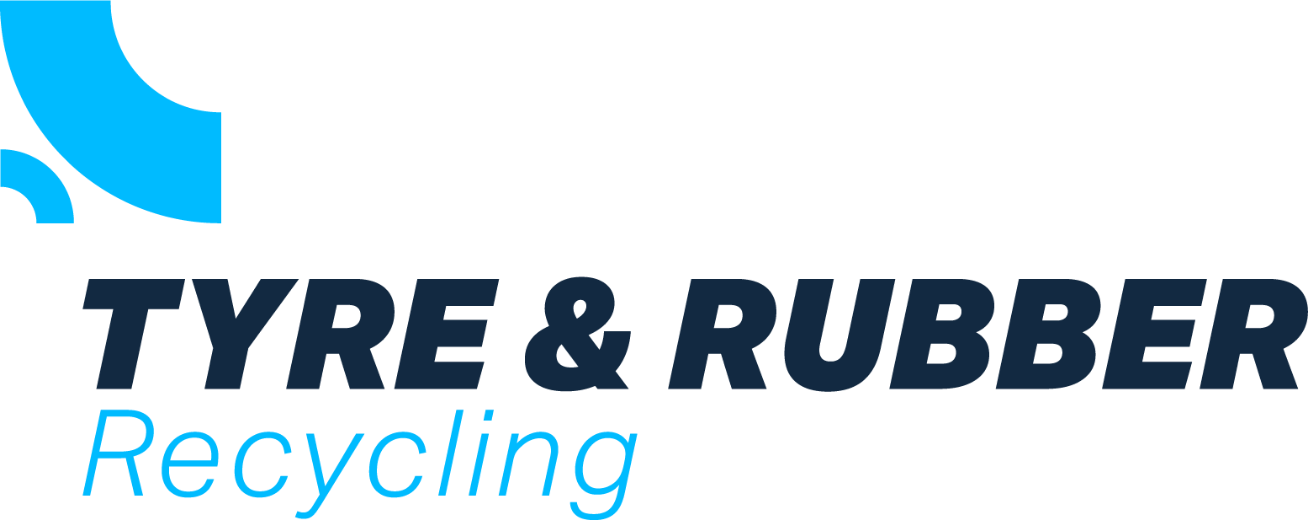Tyre Road Wear Particles have become an increasing concern with EV tyre and brake wear emissions claimed to exceed exhaust emissions from late model ICE cars
The Tire Industry Project, a group of leading tyre manufacturers, has been working to quantify and address the problem. The thinking is that unless you know what the problem is, you cannot solve it.
The first step is analysing the emissions
The Tire Industry Project has announced the publication of a new scientific study that confirms the robustness of an improved Pyrolysis-Gas Chromatography/Mass Spectrometry (Py-GC/MS) method for quantifying tyre and road wear particles (TRWP) in environmental samples.
Titled “Pyrolysis-GC/MS calibration for environmental quantification of tire tread: Standards and marketplace averaged elastomer subunit profiles” and published in the peer-reviewed journal Chemosphere’s September 2025 volume, the study validates a Py-GC/MS protocol that now improves accuracy and reproducibility in quantifying TRWPs in soil and sediment, even when particle composition varies by either geography or tyre manufacturing method. The research was conducted by Stantec Consulting Services, Inc. and supported by TIP as part of its ongoing commitment to advancing tire wear emissions science.
Why It Matters
TRWPs are receiving increased attention from scientists and regulators, and accurate measurement is essential to understanding their potential impact on ecosystems and human health. This study addresses a long-standing challenge: the variability in rubber composition between calibration standards and real-world tire samples. By using market-weighted average elastomer profiles from the US and EU, researchers refined the Py-GC/MS protocol to reduce measurement bias and improve consistency across diverse environmental samples.
Py-GC/MS is recognised as the most advanced and accurate method of TRWP analysis by the scientific community. In the current study, researchers analyzing cryo-milled tire tread (CMTT) samples representative of market averages from the US and EU found that the samples contained similar styrene and butadiene content across both regions. By modifying the Py-GC/MS protocol to leverage this finding, the researchers confirmed the mitigation of known sources of environmental measurement bias, strengthening the method’s ability to account for real-world variability in TRWP composition.
Key Findings:
- Improved calibration: Uses representative cryo-milled tyre tread (CMTT) samples to ensure accurate quantification across geographies.
- Standardisation support: Contributes to the development of international standards such as ISO/DIS 21396 and ISO/AWI 20593.
- Scalability: Calibration standards remain stable for up to three months at 4°C, enabling efficient batch preparation and multi-laboratory application.
“This study represents a significant step forward in harmonizing methodologies and standardsing TRWP quantification,” said Larisa Kryachkova, Executive Director of TIP. “By advancing the Py-GC/MS method, which TIP has supported through years of sustained research and partnership, we’re ultimately strengthening the global scientific ecosystem’s ability to collaboratively understand and address tire wear emissions.”
To read the full study, visit: https://tireparticles.info/academic-resource/#post-596




















